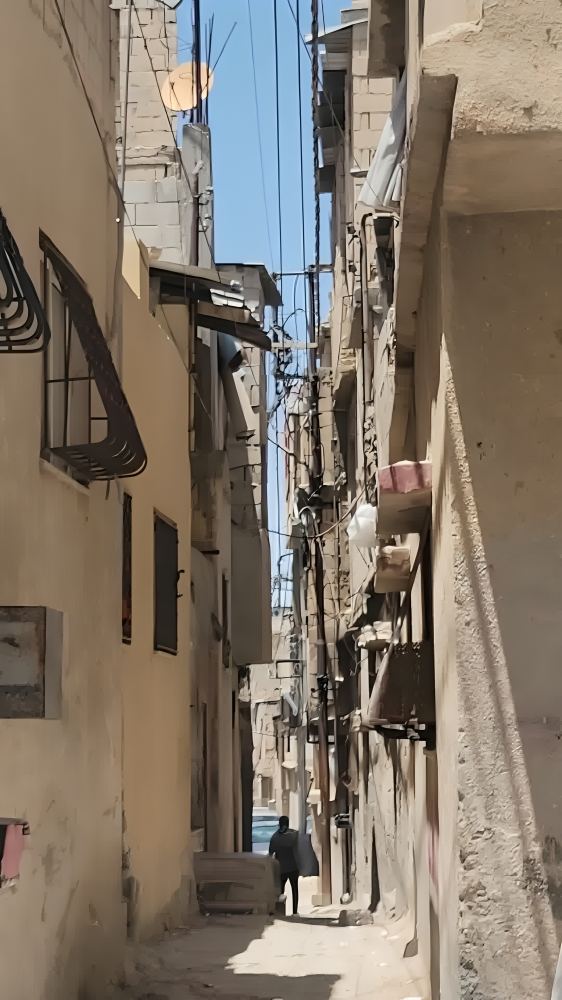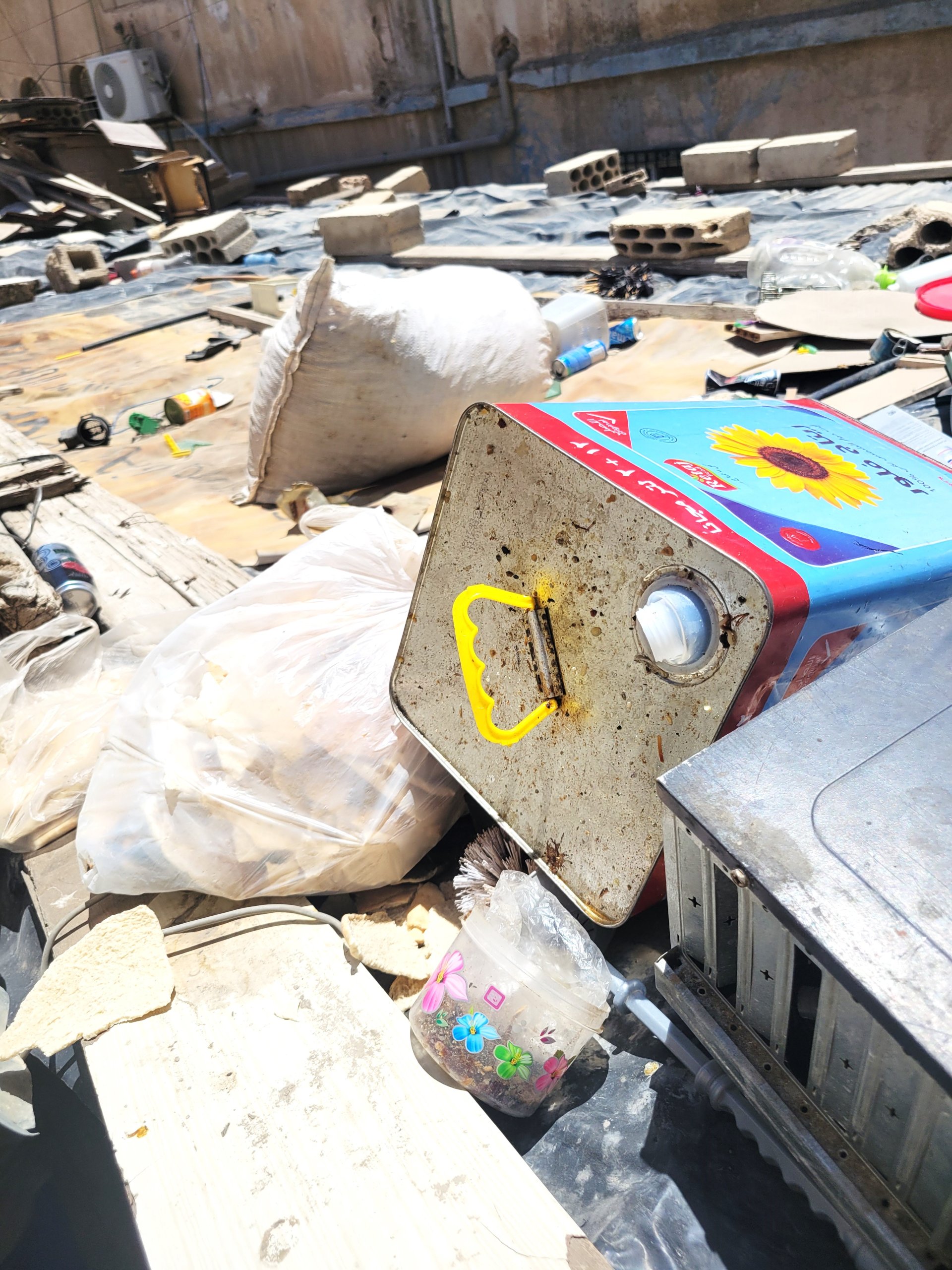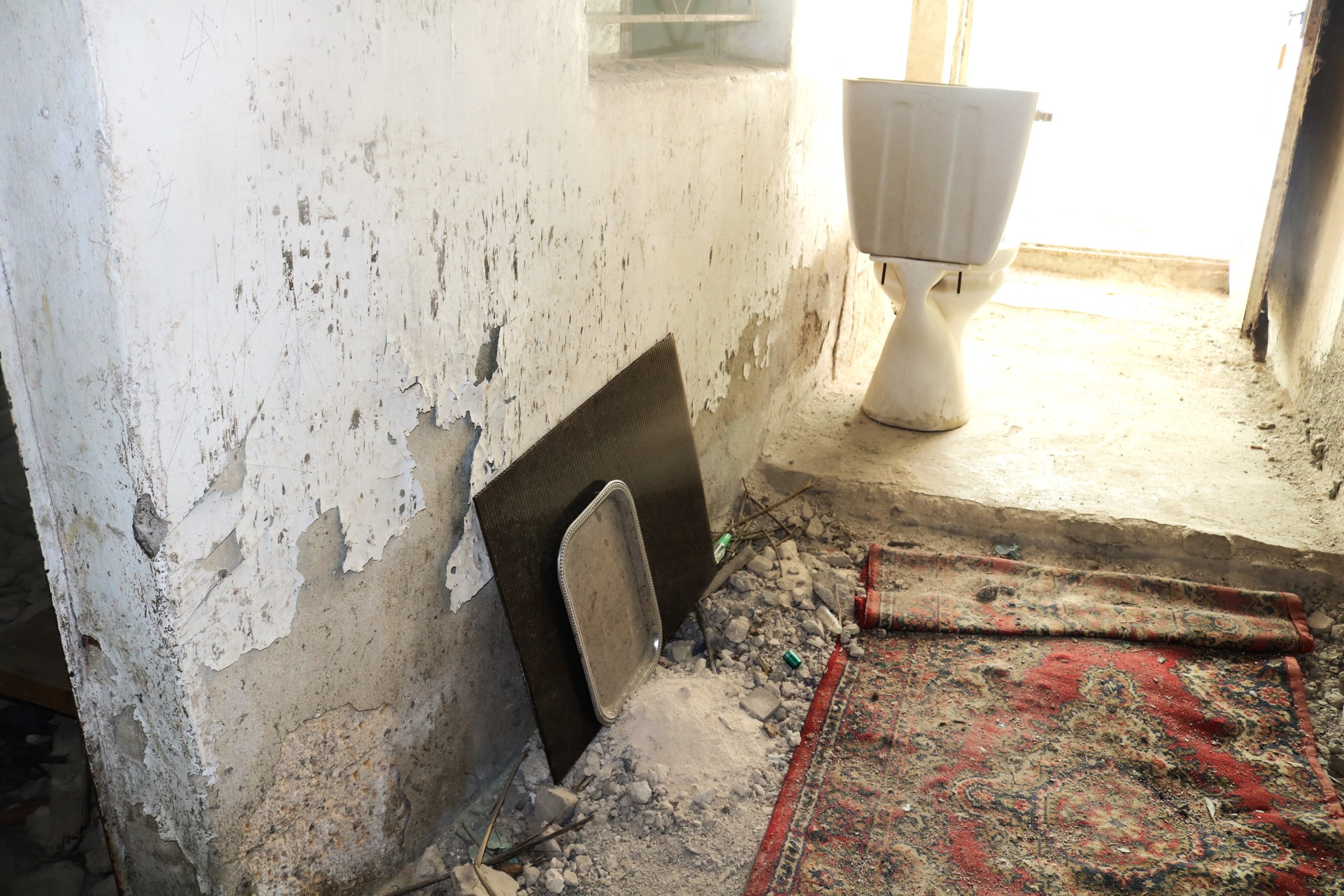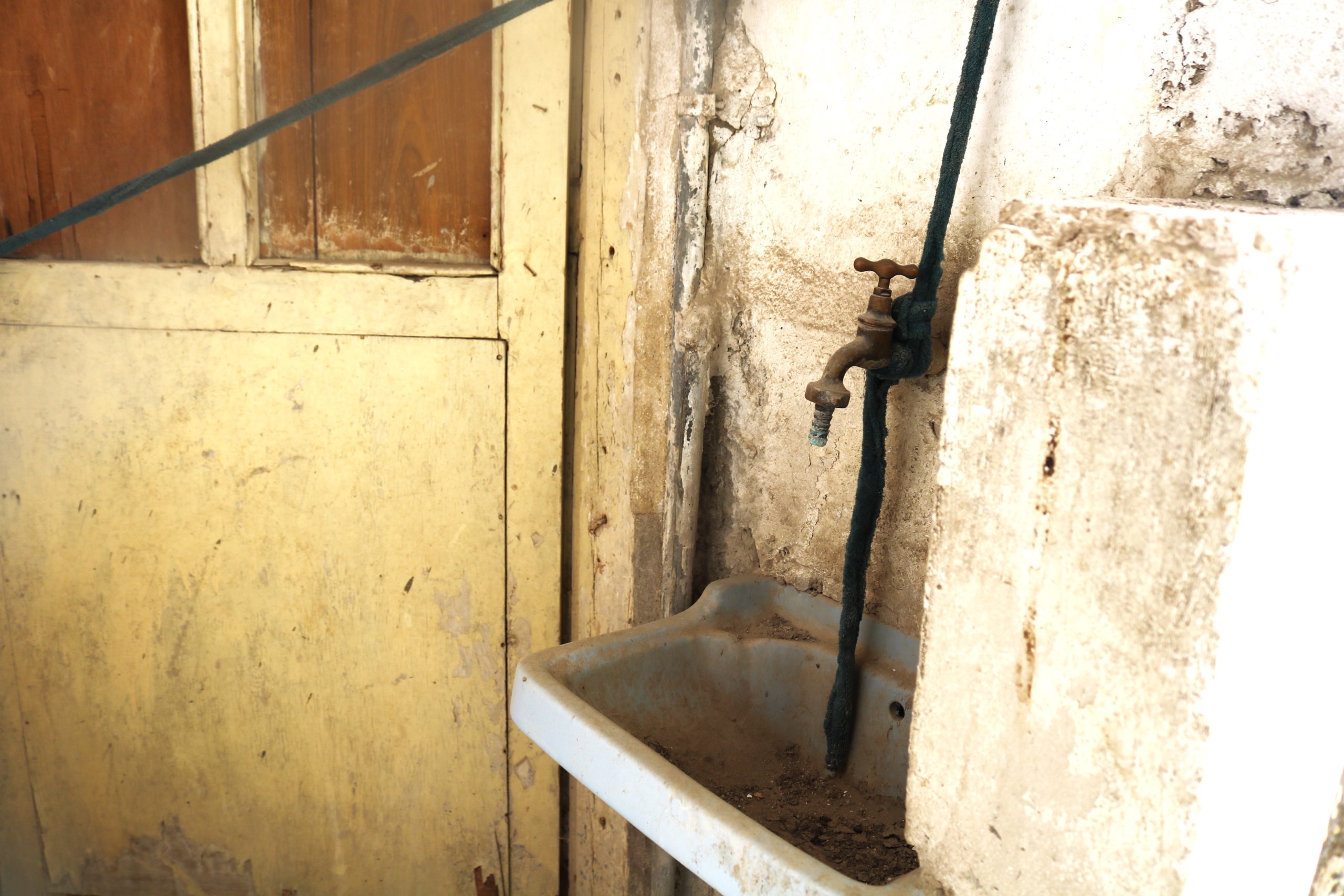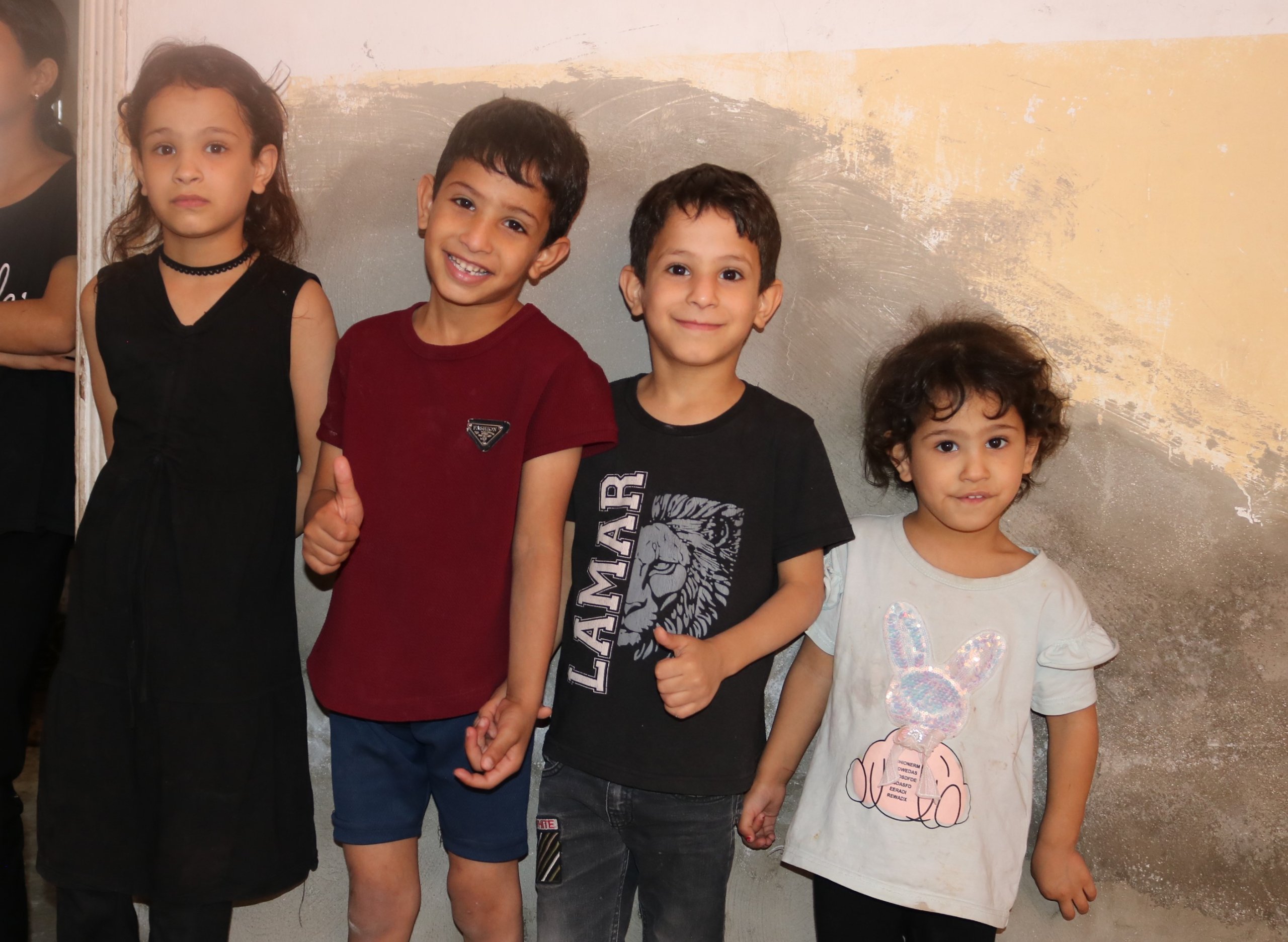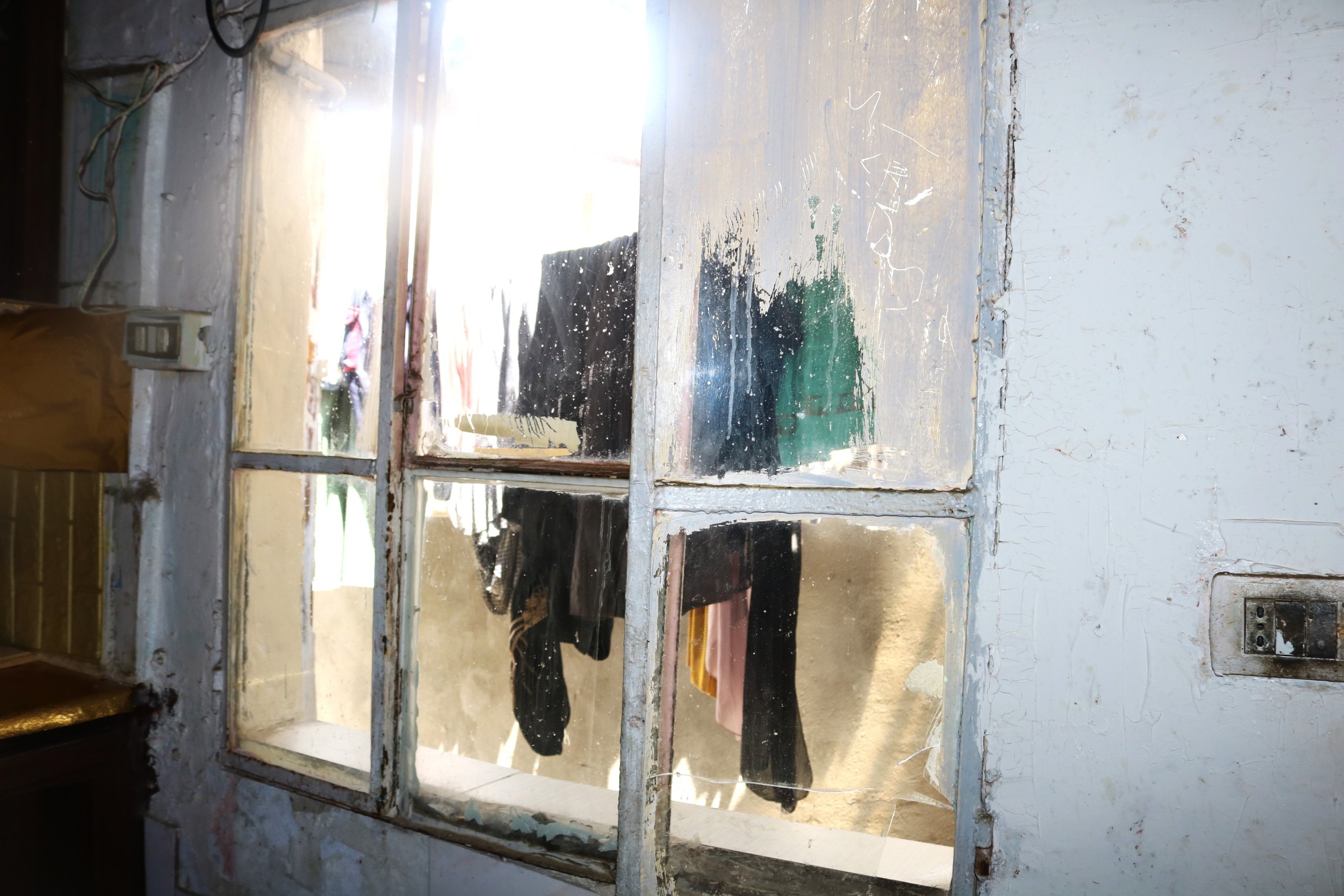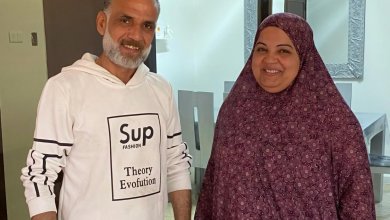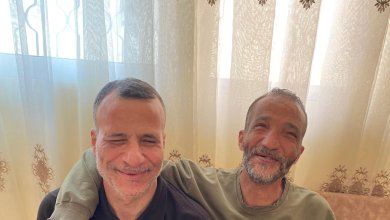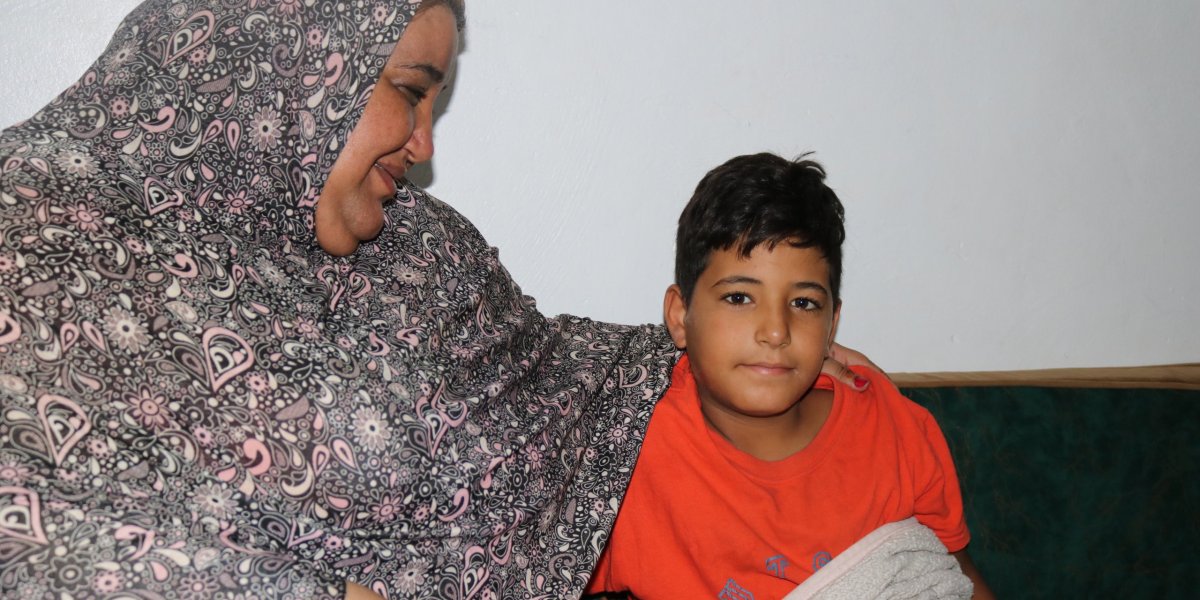

Temporary Solution, A Lifetime of Struggle
Just 10 kilometers northeast of Amman lies Marka Camp—or as many know it, Schneller Camp. Established in 1968 as a “temporary” refuge for displaced Palestinian families, it was meant to be a short stop on the road to stability. But more than five decades later, it has become a permanent home for over 68,000 residents, squeezed into less than one square kilometer.
The camp’s narrow alleys, crumbling buildings, and overstretched infrastructure tell a story of endurance—but also of hardship. Without property rights or secure tenure, residents live with uncertainty every day. For Gaza refugees, the challenges are even greater. Many cannot own homes, register businesses, or work in certain professions, leaving them in a constant struggle for stability.
Life inside the camp
Overcrowding has forced families to build upwards, adding makeshift floors that strain outdated water and electricity systems—creating fire hazards and frequent shortages. Homes lack proper ventilation, trapping heat, dampness, and mold that cause health problems.
Nemeh, a mother of eight, knows this too well. Each winter, rain floods her two-bedroom home, forcing the family to move in with relatives. The constant dampness has left walls covered in mold, making her children sick and disrupting their schooling.
For Um Abdelrahman, a beloved community matchmaker, her own home is on the verge of collapse. The bathroom ceiling, weakened by the weight of a water tank, is barely held up by wooden supports. Mold spreads across the walls, and the door doesn’t even lock—eroding her sense of safety.
Habitat for Humanity’s response
Through the Home Equals project, Habitat for Humanity Jordan is carrying out detailed home assessments in Marka Camp to identify urgent repairs—replacing roofs, fixing windows and doors, improving WASH facilities, and removing mold.
But it’s not just about buildings. Town hall meetings ensure residents can voice their needs, shaping interventions that truly reflect the community’s priorities. Alongside repairs, we are advocating for policy changes to secure residents’ rights, strengthen building safety, and improve climate resilience.
A vision for the future
Marka Camp’s story is one of resilience against all odds. While its challenges are many, the determination of its people—and the power of collective action—offer hope. Through community-driven renovations and advocacy, we aim to transform “temporary” shelter into lasting security, dignity, and opportunity.



